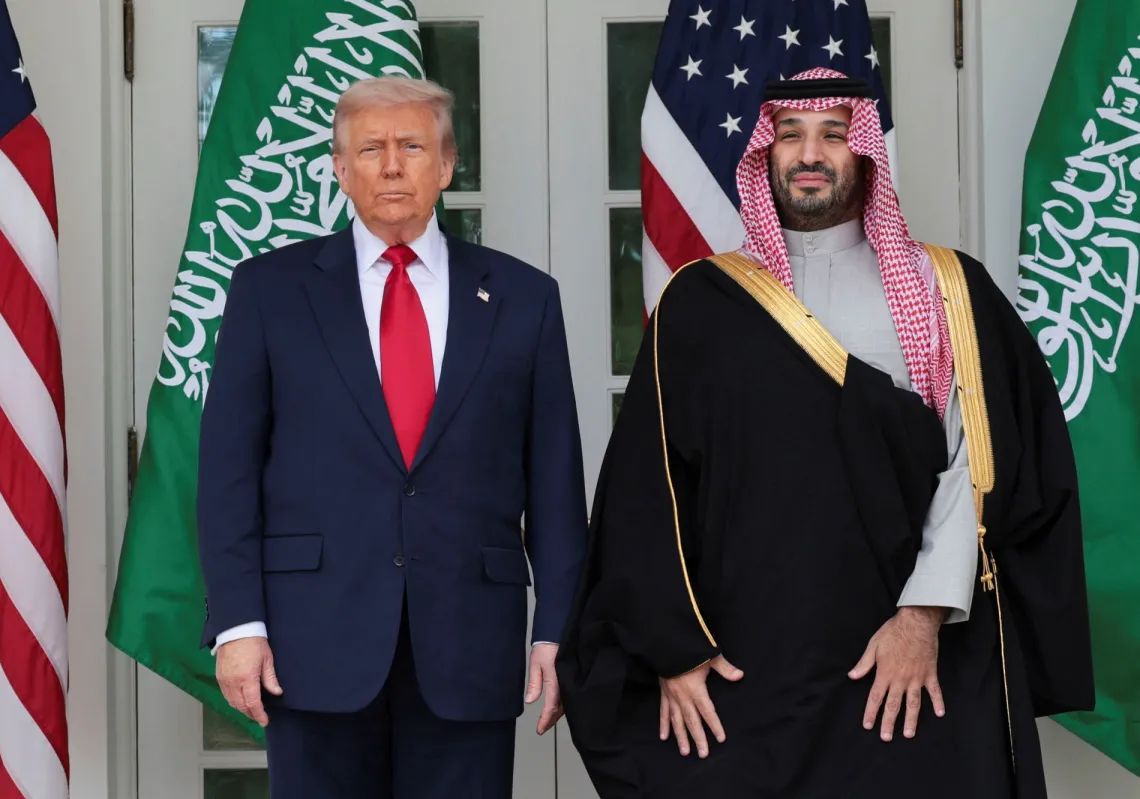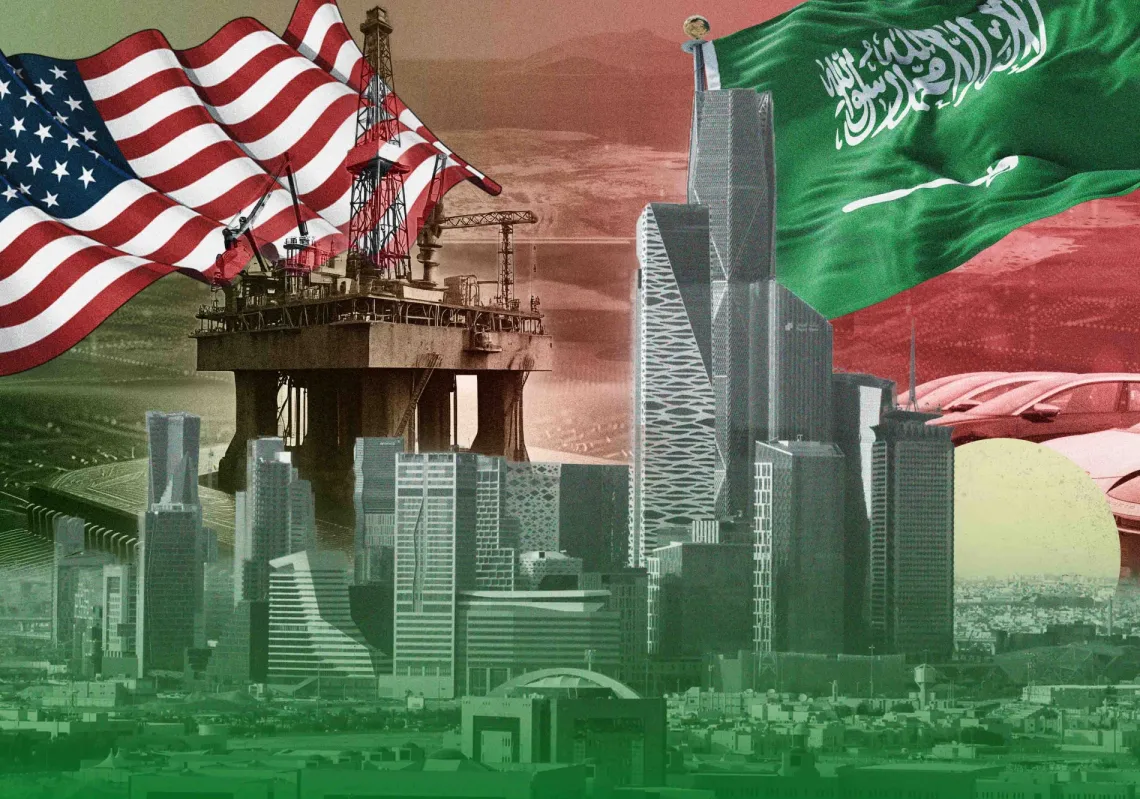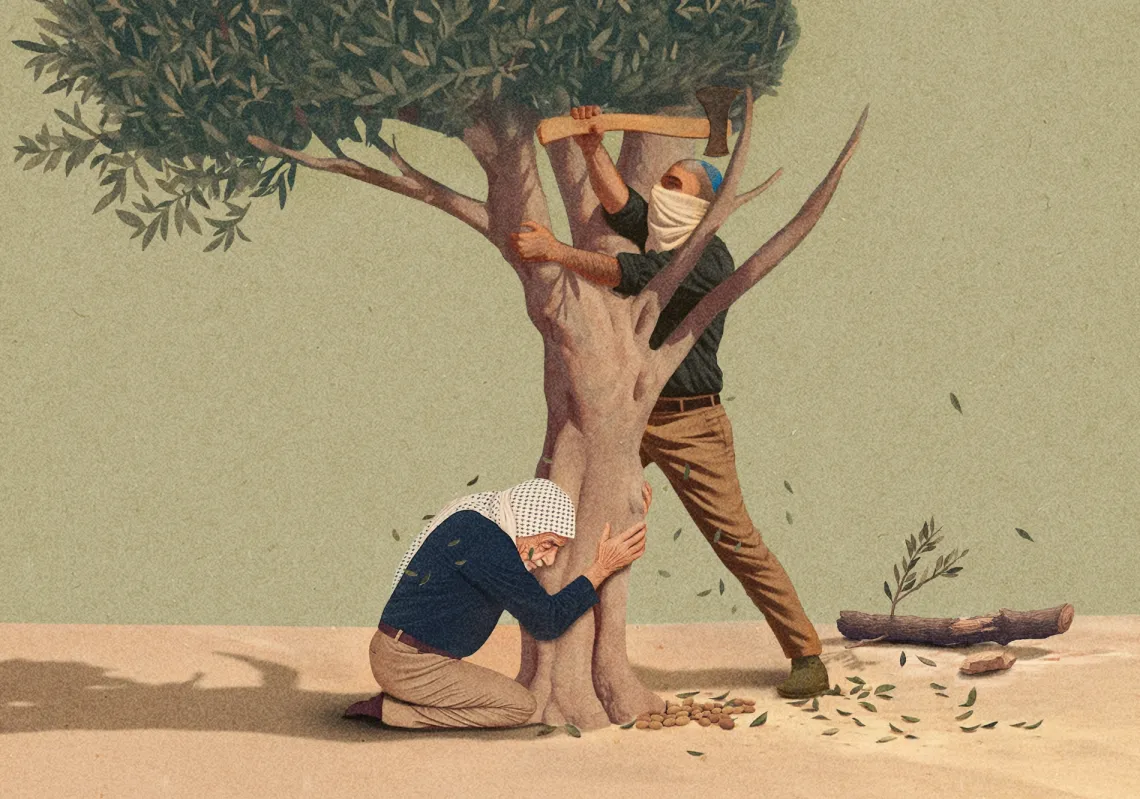 Buckets of pearls at the V&A's Pearls exhibition (James Hanna/V&A/Qatar Museum's Authority)[/caption]A large, seventeenth-century painting of a French noblewoman decorates the entrance of the London Victoria and Albert Museum's latest exhibition. Though a fine portrait, there is nothing altogether striking about the image itself—it is done in a common portrait style for the time, a familiar sight in art galleries and stately homes across Europe. Also unlikely to stand out to the casual observer are the strings of pearls draped around the lady’s neck and embroidered onto her clothing—pearls are ubiquitous in paintings like these— except, perhaps, for the artist’s skill in rendering their distinctive, opalescent sheen.
Buckets of pearls at the V&A's Pearls exhibition (James Hanna/V&A/Qatar Museum's Authority)[/caption]A large, seventeenth-century painting of a French noblewoman decorates the entrance of the London Victoria and Albert Museum's latest exhibition. Though a fine portrait, there is nothing altogether striking about the image itself—it is done in a common portrait style for the time, a familiar sight in art galleries and stately homes across Europe. Also unlikely to stand out to the casual observer are the strings of pearls draped around the lady’s neck and embroidered onto her clothing—pearls are ubiquitous in paintings like these— except, perhaps, for the artist’s skill in rendering their distinctive, opalescent sheen.
Sidling past this painting, you are immediately engulfed by a narrow, black-walled exhibition space—mostly likely designed to simulate a descent into the dark depths of the Gulf. The sea north of the Arabian Peninsula was the original source of these natural pearls, which were the primary driver of the region’s economy before the discovery of oil. Inside the exhibition, Pearls, run in conjunction with the Qatar Museums Authority, you are given a much deeper understanding of this innocuous-looking gem of the sea, from how they are created to the human effort that goes into sourcing them. Later on in the exhibition is an exploration the pearl’s value and symbolism from early antiquity to the present day.
[caption id="attachment_55245685" align="alignleft" width="300"]
 The Rosebery tiara made by Garrard, which features natural bouton and drop pearls. (James Hanna/V&A/Qatar Museums Authority)[/caption]
The Rosebery tiara made by Garrard, which features natural bouton and drop pearls. (James Hanna/V&A/Qatar Museums Authority)[/caption]
Though natural and cultured pearls have been used over centuries in both Eastern and Western cultures, the pearl-fishing trade has its origins in the Gulf. Natural oyster pearls were fished here from as early as the first millennium BCE, ending only with the decline of the trade in the mid-20th century.The golden age of the Gulf as the major global supplier of natural pearls was between 1850 and 1930. A selection of unusually sized, shaped and colored pearls from the Gulf on display at the exhibition demonstrates why they were some of the most sought-after pearls in the world.
Acquiring natural pearls was an arduous and often perilous endeavor, as revealed in an interesting black-and-white film shown at the exhibition and shot by Christian Creutz in 1972, capturing the last-ever pearl dive off the coast of Qatar. Hunting oysters involved simple equipment that hardly changed over the centuries. The diver had a loincloth, a tortoise-shell or wooden nose clip, and a leather sheath to hold the oysters.
[caption id="attachment_55245686" align="alignright" width="212"]
 Pearl divers off the coast of Qatar, photographed by Christian Creutz, 1972 (James Hanna/Qatar Museums Authority)[/caption]
Pearl divers off the coast of Qatar, photographed by Christian Creutz, 1972 (James Hanna/Qatar Museums Authority)[/caption]
Assisted by a puller on the boat, the diver would descend with two ropes, one with a loop for his foot at one end, and at the other end was attached a ten- to fifteen-pound stone. The other rope had a net for collecting the oysters. When the diver gave the signal, the puller would release the ropes and the diver would plummet to the bottom of the sea, where he would let go of the rope carrying the weight.
About twelve of oysters would be collected per dive; often only one pearl would be found among 2000 opened oyster shells. It was a strenuous job, and sometimes the pearl divers would work twelve-hour days. As fresh water supplies aboard the boats were limited, the divers were unable to wash themselves, and often remained caked in layers of salt for weeks.
Along the coast of the Arabian Gulf, tradesmen would row between the fishing boats to buy the pearls at their source. On display in the exhibition is a wooden chest like those used by the pearl traders, containing the complex but necessary weighing and measuring equipment used to determine the pearls’ value based on their quality, shape, size, luster and color. Merchants used complex tables and formulas to calculate the price; these were published mostly in Arabic and Urdu, as the destination of the majority of gulf pearls was Bombay, India.
The pearl industry was an incredibly significant trade for the countries along the coast from Saudi Arabia to Dubai, and especially for Bahrain and Qatar. As early as the seventh century, seafaring Arab merchants were known travel across the Indian Ocean buying and selling pearls, and merchants from China travelled to India to acquire the precious natural pearls from the Gulf.
The exhibition includes an extensive 200-piece collection of jewelry that begins with a display of pieces from as early as the Roman period, leading up to the current era of cultured pearl production. The jewelry and works of art on display are from the combined collections of the V&A, the Qatar Museums Authority, the Tate Britain, the British Museum and the Royal Collection, as well as a number of prominent jewelry houses. Among this host of antiquities and precious items, the exhibition contains a pearl-drop earring worn by Charles I at his execution in 1649 and a necklace of cultured pearls given to Marilyn Monroe by Joe Di Maggio in 1954.
The exhibition’s presentation of the pearl is so comprehensive that there is even a film detailing its less-than-glamorous formation: A grain of sand or parasite gets lodged in the soft inner body of an oyster, causing it great discomfort. The mollusk then exacts its revenge by encasing the intruder in its own secretion—a smooth, hard, crystalline substance known as nacre.
Winding through the black corridors of the exhibition, the portrait at the entrance becomes symbolic of the pearl’s continued significance and changing meaning in human history. As the exhibition teaches us, over time and across cultures, various myths and legends surrounded the pearl and it has come to be known as a mark of decadence and opulence, and an indicator of rank in society as well as a sign of chastity and purity.
Today, the natural pearl is a rare gem due to the rise of the cultured pearl industry. Despite its humble origin, the pearl—whether natural or cultured—has captured the human imagination for centuries. Judging by the size and scale of this exhibition, that is more than likely to continue.
The V&A and Qatar Museums Authority Pearls exhibition is open at the V&A, London, from September 21, 2013, to January 19, 2014.









